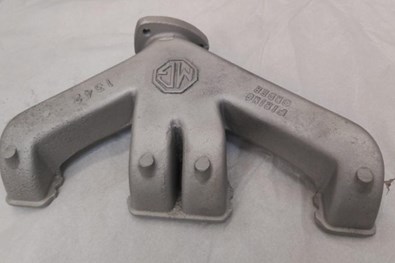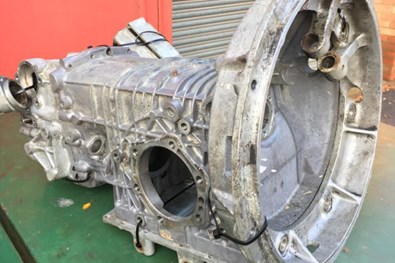The pleasure of making your own one-off construction is immense for the car enthusiast, and the looks from everyone as you drive past them in the car you put together is immeasurable.
Kit Cars can be built from scratch, or assembled from a kit that is bought online. The kits provide you with all the parts necessary to build your car, and they come in different models and styles. You can then customise it any way you want. Extremely popular in the 1950s-70s, many car enthusiasts love restoring classic kit cars to their former glory, however, this can often be a continuous process due to their susceptibility to rust and corrode.
Here's how we've helped both individuals and specialist restoration companies ensure their kit cars will be rebuilt to last!
The Challenge
Steel chassis corrode quickly, which is especially true of the hand fabricated tubular chassis often utilised in kit cars. The heat involved in welding accelerates the corrosion process. Therefore, these chassis often show signs of corrosion well before the car is anywhere near ready to go on the roads. Once steel corrosion starts it progresses very quickly which greatly reduces the time the kit car is legally allowed to be driven on the roads.
The restoration process becomes an ongoing fight against the severe and extensive damage of steel corrosion. The kit car needs constant restoration due to this corrosion, which is often not factored into the restoration costs.
Modern mass-produced cars do not corrode as quickly as kit cars, or even classic standard vehicles as the steel parts are protected with a very thin layer of zinc. The zinc acts to provide sacrificial corrosion resistance, protecting the metal substrate underneath.
The Solution
Our complete restoration involves both surface preparation and protective recoating.
The first thing we do with the kit car's steel chassis is to remove any paint that still exists by use of our pyrolysis oven. It works by burning off the unwanted paint/coating whilst leaving the original material with little to no damage.
To avoid contamination from oil and other debris, we clean the metal surface, making sure all corrosion and welding deposits are removed. Depending on the condition of the metal following this treatment, we can also carry out controlled grit blasting with aluminium oxide. This removes any pits and cracks that frequently harbour moisture and contaminants, which can also cause problems with coating adhesion.
Once the metal chassis has been stripped and cleaned, we can then apply our AFC 4100 thermally sprayed zinc, which provides a sacrificial corrosion characteristic. The zinc acts as a protective barrier for the steel. Even when the zinc barrier is breached it still protects the steel by corroding first. This enables the steel chassis and other steel parts to look new for many years to come.


Just some of the parts we have been trusted to recoat using our thermal spray coatings.
The Results
Ensuring the metal chassis and any other metal parts of the kit car have been properly protected with our zinc coatings means constant restoration of the vehicle is no longer needed.
It also helps get the vehicle in roadworthy condition, meaning it spends more time on the tarmac than in the workshop and ultimately saves our clients money in saved restoration costs.


